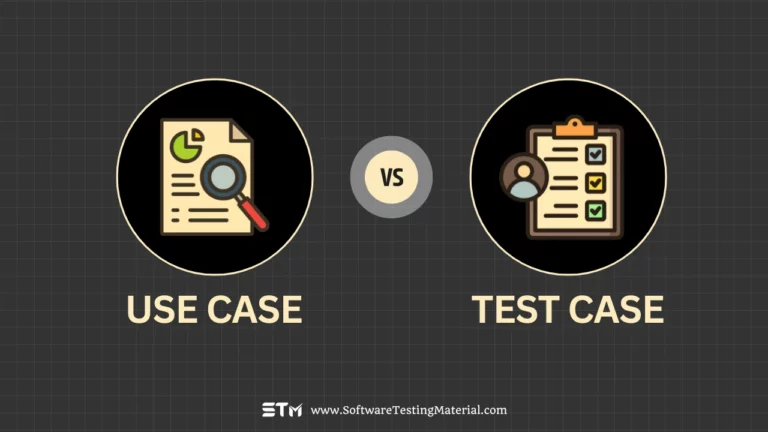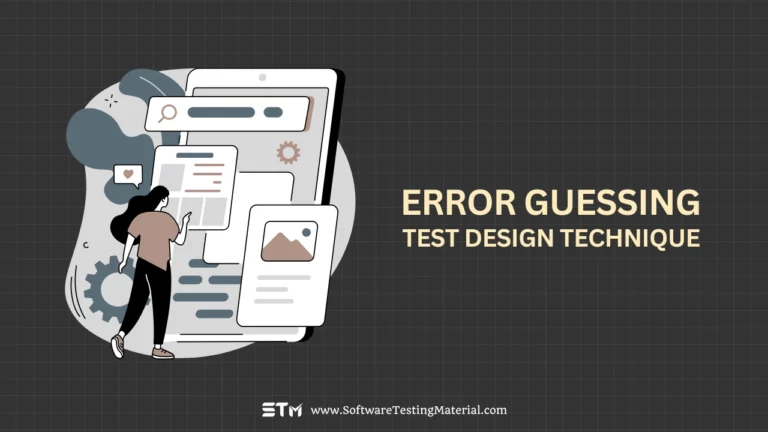What is Test-Driven Development? How does It work?
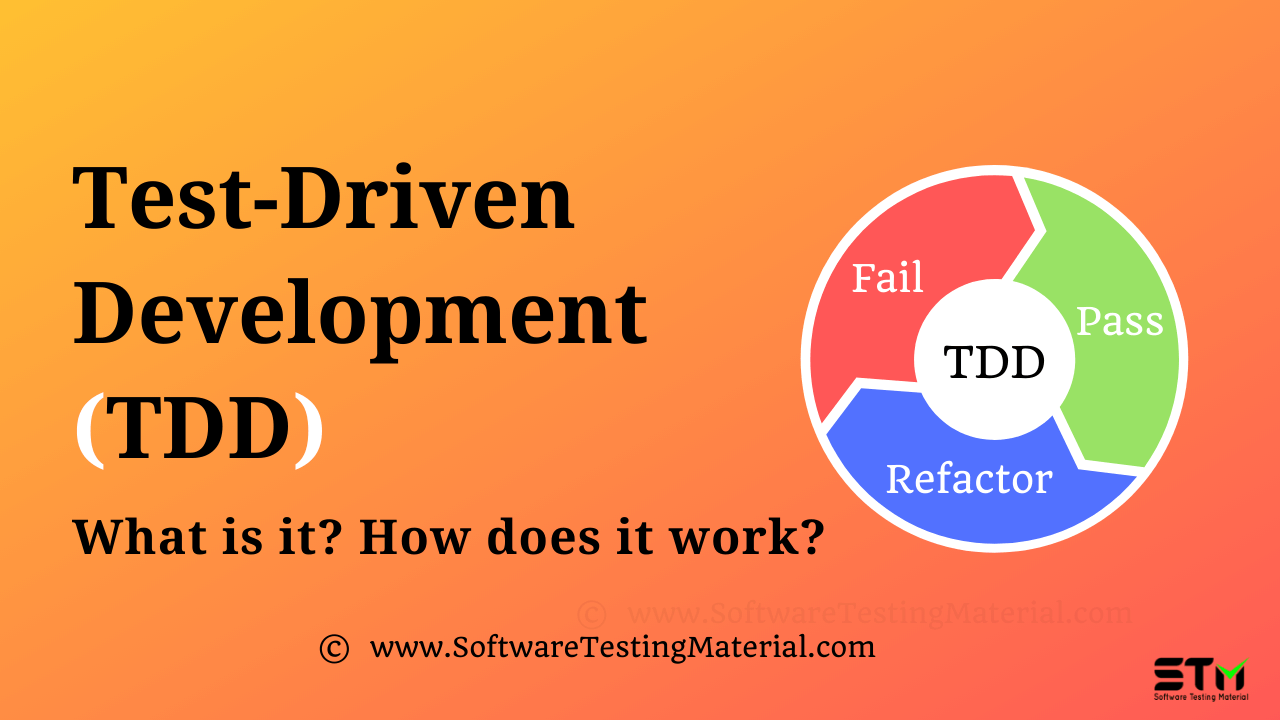
How Test-Driven Development Helps Programmers Write Better Code
If you’re into software development, you’ve certainly heard about the test-driven development approach (TDD). How is it different from the traditional development process? What makes it special? And what’s the point of using it?
Today, we’re going to explore the basics of test-driven development—what’s TDD, how it works, and when it works best.
Let’s start with the basics.
What’s TDD Exactly?
TDD stands for test-driven development. It’s a software development methodology that offers a ‘test first, code later’ approach to programming.
In a nutshell, TDD means devs write an automated test before writing a feature.
There are two other testing techniques similar to test-driven development—behavioral-driven development (BDD) and acceptance test-driven development (ATDD).
In BDD, testing is based on systems behavior, and ATDD focuses on satisfying the functional behavior of the system.
Key differences:
- TDD focuses on the implementation of a feature
- BDD focuses on the system’s behavior
- ATDD focuses on capturing the accurate requirements
Learn more on TDD vs BDD vs ATDD
But let’s get back to test-driven development.
Here’s how TDD works. In the TDD cycle, a developer writes a unit test (breaks an app down into small parts—units, each unit is tested individually) that defines a function, then writes code that passes this test.
The workflow looks like this:
- Dev writes a test.
- Runs the test and sees it fail.
- Writes code.
- Runs tests once more.
- Rewrites code.
- Repeats till the test is successful.
- Bingo!
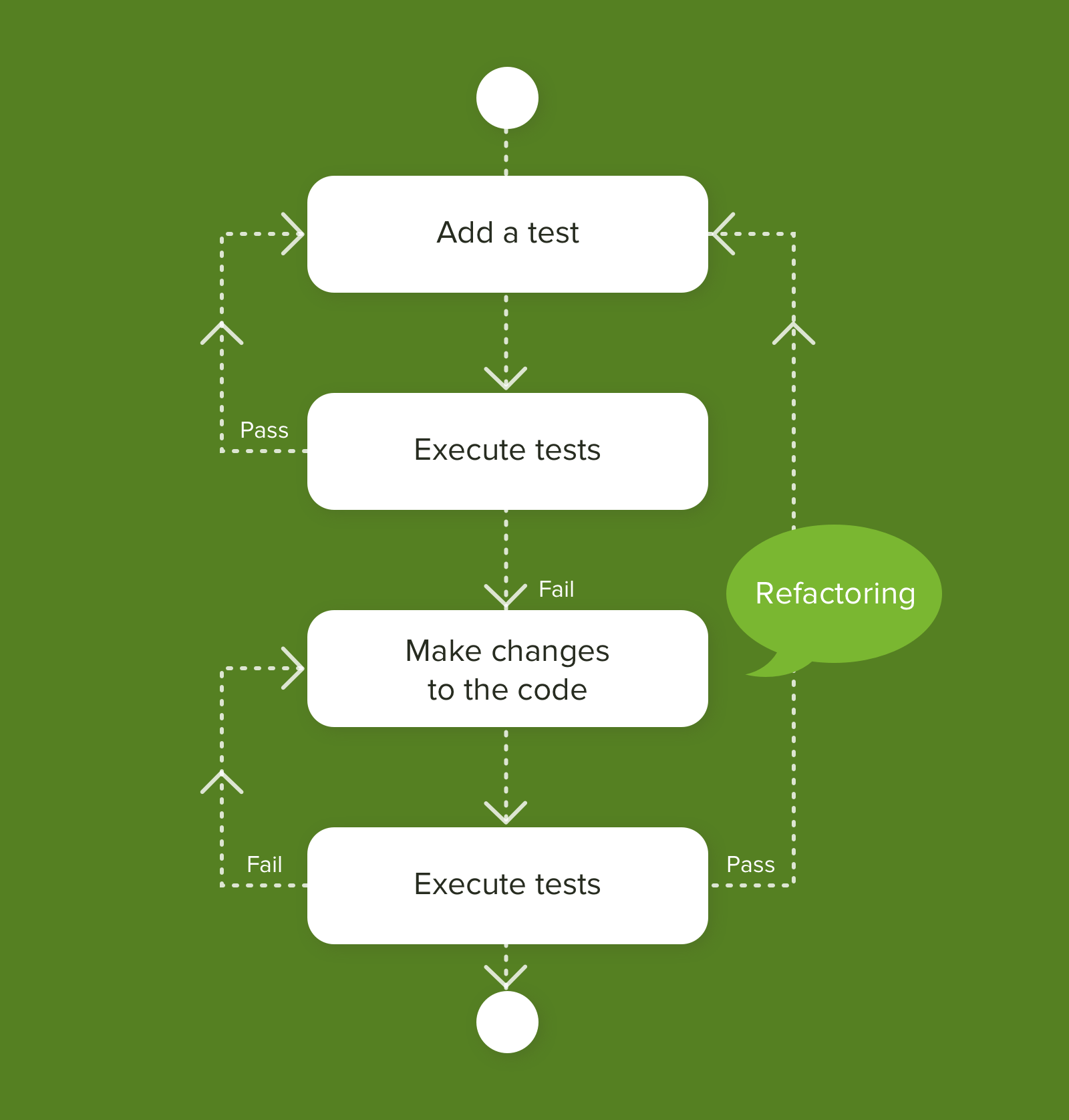
In a perfect world, two specialists should be engaged in the process—two developers or a developer and QA engineer. But it’s not a rule: a single developer can still write both unit tests and software code in the TDD technique.
How Does TDD Work?
Let’s consider an example: we’re going to calculate how much food we need to prepare for our dog.
We need to make a simple form in which we enter a dog’s age and weight and calculate how much food the dog should eat per day.
Let’s approach this task with the TDD technique:
- Write a test verifying that getDogFood () function returns the desired values in different situations.
- See the test fail.
- Write a very simple function code to pass the test.
- Make sure the test is passed.
- Think about the quality of the code we’ve written. We can refactor or change whatever we want as we have tests that’ll specify the issue (if any).
- Repeat the steps.
Next, you need to describe this using a special syntax (depends on the tool you use).
The idea behind TDD is that before writing software code, you sit down and think everything out beforehand. Which is great, because lots of developers jump into writing code without thinking what exactly the code should do.
Why Do I Need TDD?
TDD approach to development brings quite a few benefits:
- you think through your code when planning a feature
- you find errors in the code much faster (and the faster you find a bug, the cheaper it’ll be to fix it)
- helps to establish communication between team members— developer, QA, PM, etc.
- less back and forth passing tasks between a developer and QA
- easy refactoring and code maintenance
- good tests work as documentation and help new team members adapt faster
- better coverage that leads to 40%-80% fewer bugs
In the long run, it may even reduce software development costs. That’s right, devs and QA engineers do need time to write these tests: developing a feature with automated tests can cost 20% to 50% more.
But in the long run, the process goes much faster—all functionality will be tested automatically after a change or modification.
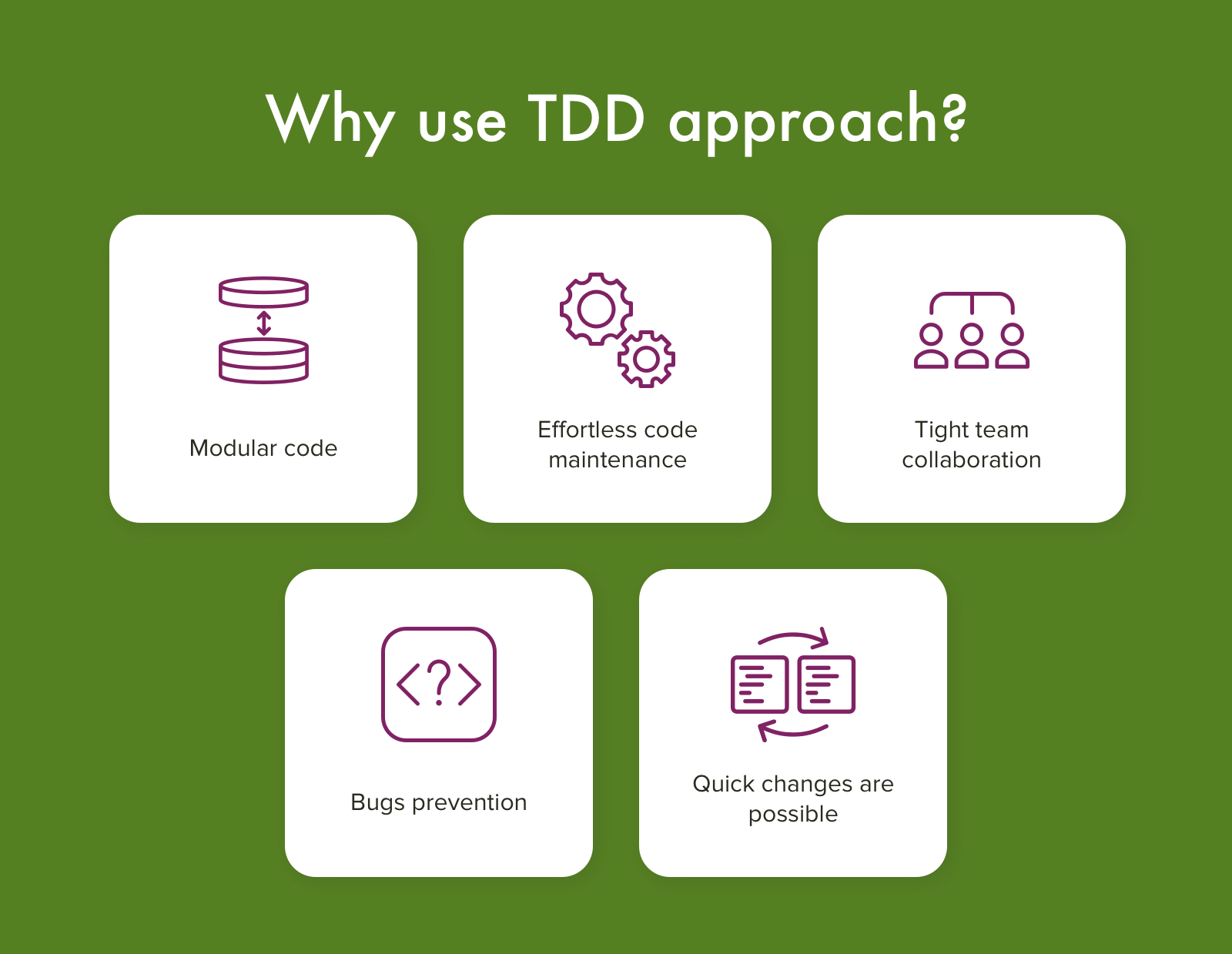
TDD works better when it comes to making software with complex algorithms, and if this application is elaborated from beginning to the end.
Author’s bio: Vitaly Kuprenko is a technical writer at Cleveroad. It’s a web and mobile app development company in Ukraine. He enjoys telling about tech innovations and digital ways to boost businesses.
Related Posts:
- TDD vs BDD vs ATDD
- Behavior Driven Development (Cucumber BDD for Automation Testing)
- Types of Test Automation Frameworks


